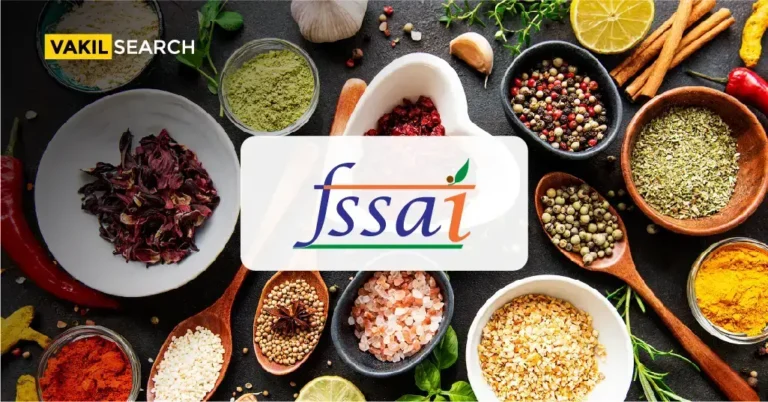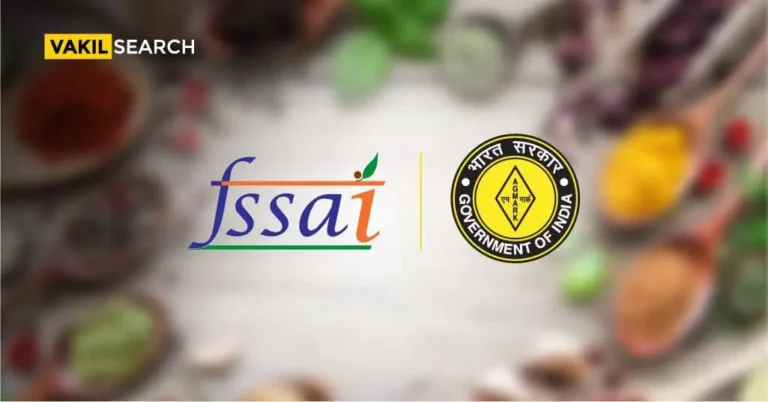This article is to understand the food labelling regulations in India before buying any commercial food item.
Government entities worldwide have strict regulations for food product labels. The Food Safety and Standards Authority of India, or FSSAI, is responsible for establishing requirements for food labelling. The producer must follow FSSAI regulations on labelling food items whenever a new product is introduced or the packaging is updated.
With so many FSSAI label regulations in place, mistakes might quickly occur. Any unintentional violation of the FSSAI food labelling regulations may result in fines, penalties, item recalls, or interruptions in introducing a planned product. However, by correctly understanding the FSSAI labelling requirements, you can keep your goods away from these.
The Food Safety and Standards (Labelling and Display) Regulations, 20201 (the Regulations), created by the Food Safety and Standards Authority of India (FSSAI), have changed how food labelling laws are governed throughout the nation.
The erstwhile Food Safety and Standards (Packaging and Labelling) Regulations, 20112, which controlled labelling standards, have undergone a thorough revision that has ended many ambiguities since the regulations’ inception.
The new rules strongly emphasise empowering customers to make knowledgeable decisions about their food purchases, including those made at restaurants and online shopping sites and packaged food items. The new system is scheduled to go into effect in December 2021, with a few elements projected to go into effect a month later, from December 2022.
Have the Shortcomings in the Food Regulatory Mechanisms Been Removed?
Many shortcomings in the previous Food Safety and Standards (Packaging and Labelling) Regulations, 2011, have been remedied by the FSSAI under the new Regulations. It has kindly removed several unnecessary statutory declarations from the food containers’ Principal Display Panel (PDP).
The artwork designers have long been troubled by some of these statutory declarations that must be provided in rectangular boxes with a specified font size. They have always wanted to change all obligatory statements inside the PDP without sacrificing the beauty of their artwork. These declarations were problematic when several items were mixed in a pack.
Each product was required to include such statements in huge fonts, restricting the amount of space available on the PDP. Additionally, the Legal Metrology (Packaged Commodities) Rules, 20113 (the LMPC Rules), which govern packaged goods generally, have been harmonised by the FSSAI with its labelling rules through these Regulations, removing any potential for ambiguity. An effort is made to highlight some of the significant changes introduced by these Regulations in this article.
What Are The Food Labeling Regulations Of The FSSAI?
Every food maker and brand must abide by the comprehensive criteria outlined in the FSSAI guidelines on labelling food products. Every packaged food item must be marked according to these regulations, including essential details about the maker and the product.
These are listed below:
-
Food Name
The product’s name and the FSSAI-required font should be displayed clearly on labels. Kind of item needs to be categorised in certain cases, as one needs to differentiate the product based on information on the label. Therefore, a food label pertaining to biscuits can be a little different from that of a cookie, for instance.
-
Ingredient List
The ingredients used to create the finished food product must be listed on the label. The maker or the manufacturer must fairly disclose the product’s ingredients and not hide any of the solicited information from the final consumers.
-
Nutritional Information
The FSSAI labelling regulations require that the calorie information for the food product be mentioned on the label. It should list the number of calories from trans fats, saturated fats, sodium, cholesterol, sugar, iron, calcium, vitamin A, and vitamin C that the food contains.
-
Declarations
Non-vegetarian cuisine is regarded as unholy and incompatible with local religious customs in several regions of India. As a result, each manufacturer is required by FSSAI label regulations to state on the label whether the food product contains any non-vegetarian components. The title must feature a little dot in the corner to indicate whether a product is vegetarian. Non-vegetarian food is represented by a red dot, while a green dot represents vegetarian food.
-
Additives Usage
Additives are chemicals added to a food product to improve its flavour, look, and taste. Regarding the additives used in the product, the manufacturer must put a statement on the label. The usage of additives needs to be carefully mentioned, as the consumption of such products can impact the consumer after consuming the product.
-
Information About The Manufacturer
The name of the manufacturer, complete address, and location of manufacture should all be prominently shown on the label. This is related to be one of the most important pieces of information, regarding the product, which the manufacturer copyrights.
-
Customer Care Details
The label must include the customer care centre’s contact information.This can help the consumers to complain in regard to any particular issue related to product consumption.
-
Quantity
The label must clearly state the food product’s net or packaging weight. This packaging should be accompanied by the ISI mark ( Or traditional stamp of Quality Certification)
-
Retailing Price
There should be the product’s maximum suggested retail price. This must be added to the local taxes if any. The buyer is, however, notified of the changes in the local taxes, which may vary from one place to the other.
-
Logo And License Number
According to the FSSAI labelling regulations, the logo and the Fssai food license number must be shown prominently on the label. This is one of the most important part of food labelling aspects
-
Batch/Code Number
These numbers offer credibility regarding the product’s maker or the manufacturer. Hence they are ought to be mentioned on the label. Colour specifications can be maintained so that the batch or the code number is visible and can be related to the brand logo
-
Manufacturing Information
Putting information related to manufacturing needs to be given mandatorily. This should also include the expiry date. Consumers should be aware of this information. As a result, they will be made aware of the deadline for using the product. Consumers may experience danger if they consume something after the expiration date. Such information needs to be mandatorily given to avoid any probable health hazard with consuming the given product.
-
User Instructions
For most of the commodities, it is a mandate that user instructions are mentioned on the package. According to the FSSAI labelling regulations, the manufacturer must include usage instructions on the product’s label. Usage instructions can be checked at the point of sales ( POS).
-
Country Of Origin
The nationality of the product must be mentioned on the labels of all imported items under FSSAI label regulations. This will let customers know where the product was made, grown, or processed.
Conclusion
Many businesses have frequently neglected critical elements linked to FSSAI food labelling standards and languished in the “disapproval” area. You should give the FSSAI requirements for food product labelling the respect they deserve. Before sending the label off for the final printing, double-check it to ensure it complies with the FSSAI guidelines for food labelling. If you’d like to know more, please get in touch with the legal experts of Vakilsearch for guidance.
Read more:










